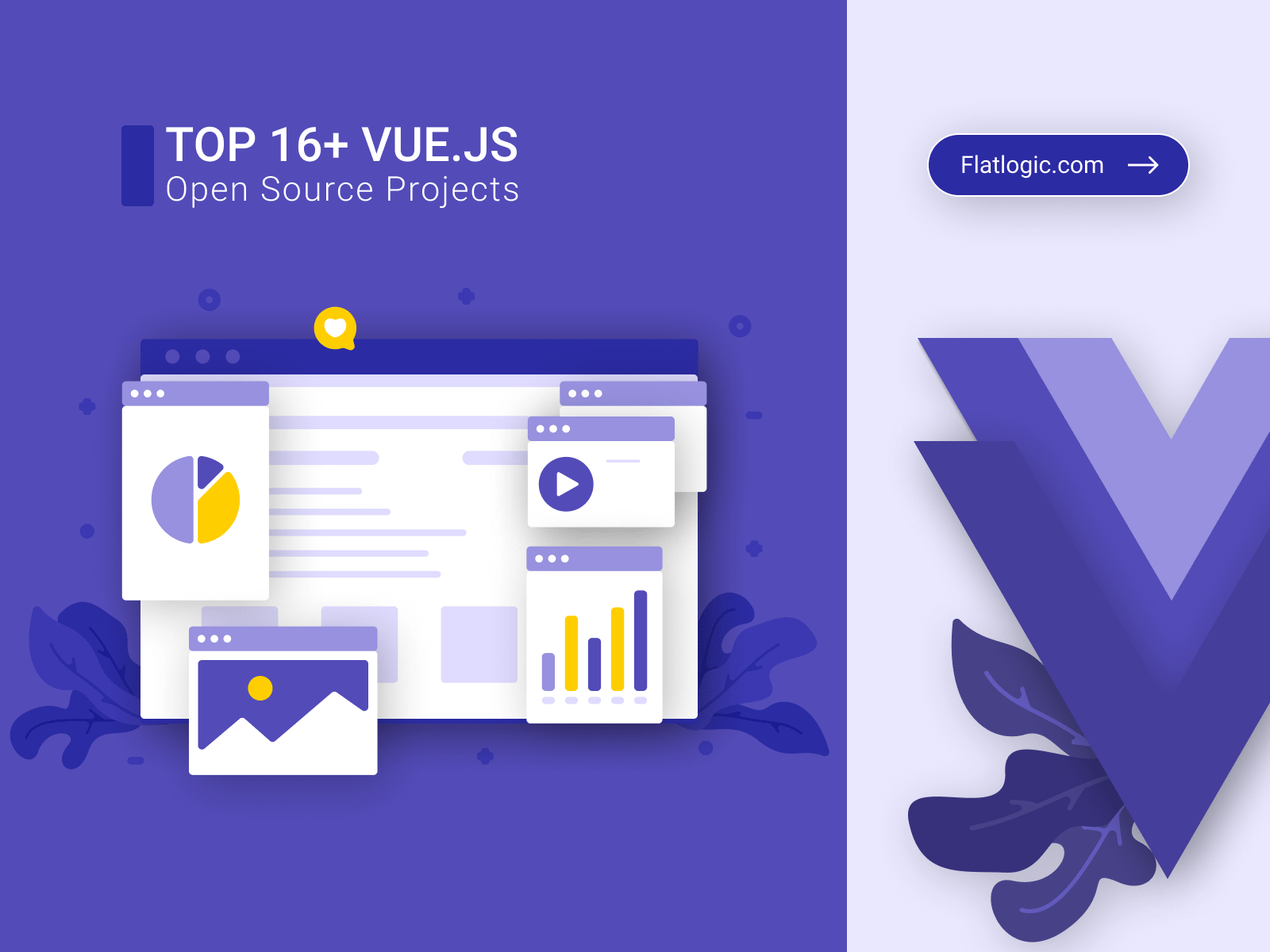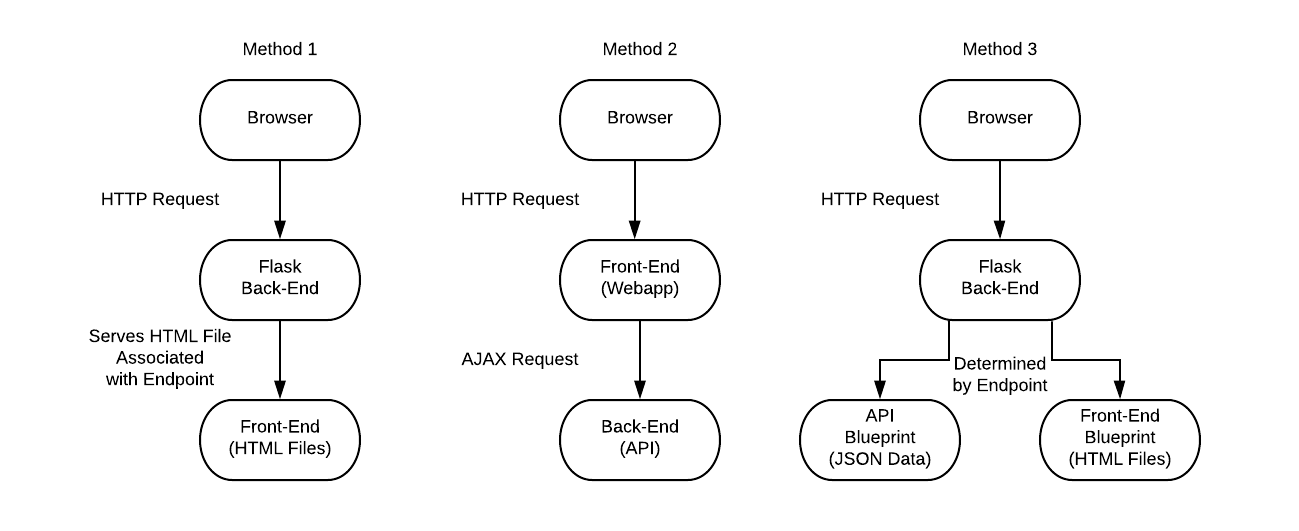

- VUE DOWNLOAD FILE FROM API INSTALL
- VUE DOWNLOAD FILE FROM API CODE
- VUE DOWNLOAD FILE FROM API WINDOWS
This is just for the testing purposes but in the next part of this series, we are going to actually render the fetched data in respective components. To verify if everything is working as it supposes to, let’s fetch some data from the backend and log it in the console. Just for the testing purposes, let’s import our API service in the Home.vue component and check if it works. So, let’s import Axios and implement RESTful calls in our file:

In this file, we are going to implement our Axios calls to the backend and it is recommended to create separate API service files for every entity in our database or RESTful resource.
VUE DOWNLOAD FILE FROM API WINDOWS
Then inside of it, we are going to create a new file and name it . The Api.dll file is a dynamic link library for Windows 10, 8.1, 8, 7, Vista and XP. Let’s create a new directory in our src directory and name it api-services. js file which we create for that specific purpose. We can implement any of that inside a simple. We can structure a Vue.js project in a way we want because it is not aware of terms like Service, Controller or Model. You can quickly render the data from the server, and It supports the Cross-Origin Resource Sharing (CORS). The Fetch API offers an uncomplicated interface for retrieving resources. Most of the libraries created considering XMLHttpRequest. The Fetch API is a modernized substitute for XMLHttpRequest.
VUE DOWNLOAD FILE FROM API CODE
Vue.js doesn’t have any rules about code architecture, for example, where to put services or models. Make AJAX Request in Vue.js with Fetch API. The process is a global Node.js variable through which we can access our environment variables.Īfter we have finished with environment variables, it’s time to create our first API service through which we are going to gather some data from our backend. Import 'bootstrap-vue/dist/bootstrap-vue.css' Ī = _ENDPOINT Import 'bootstrap/dist/css/bootstrap.css' Let’s open a terminal and in the root of our project we are going to type:Īfter the installation finishes, we are going to open the main.js file, import Axios and configure it to use the API_ENDPOINT environment variable as a base URL for all the Axios requests.
VUE DOWNLOAD FILE FROM API INSTALL
Now we need to install Axios and configure it to use these variables. Let’s do the same thing for the config/ file: Let’s open the config/ file and add a new environment variable to it: In the config directory, we have our environment files. For example, if your application is related. To implement this behavior, we need to modify our environment files. Giving download option to the user is a pretty common requirement in today’s web apps for the variety of reasons. In the development mode, we need to point our HTTP requests to our local backend which is at When we deploy an application to the production environment, we will point our API requests to the backend which is on the remote server and not our local backend, something like. This post is divided into several sections: To download the source code for this part, visit Axios and Environment Files Source Code. For the main page of this series, you can visit Vue.js Series.


 0 kommentar(er)
0 kommentar(er)
